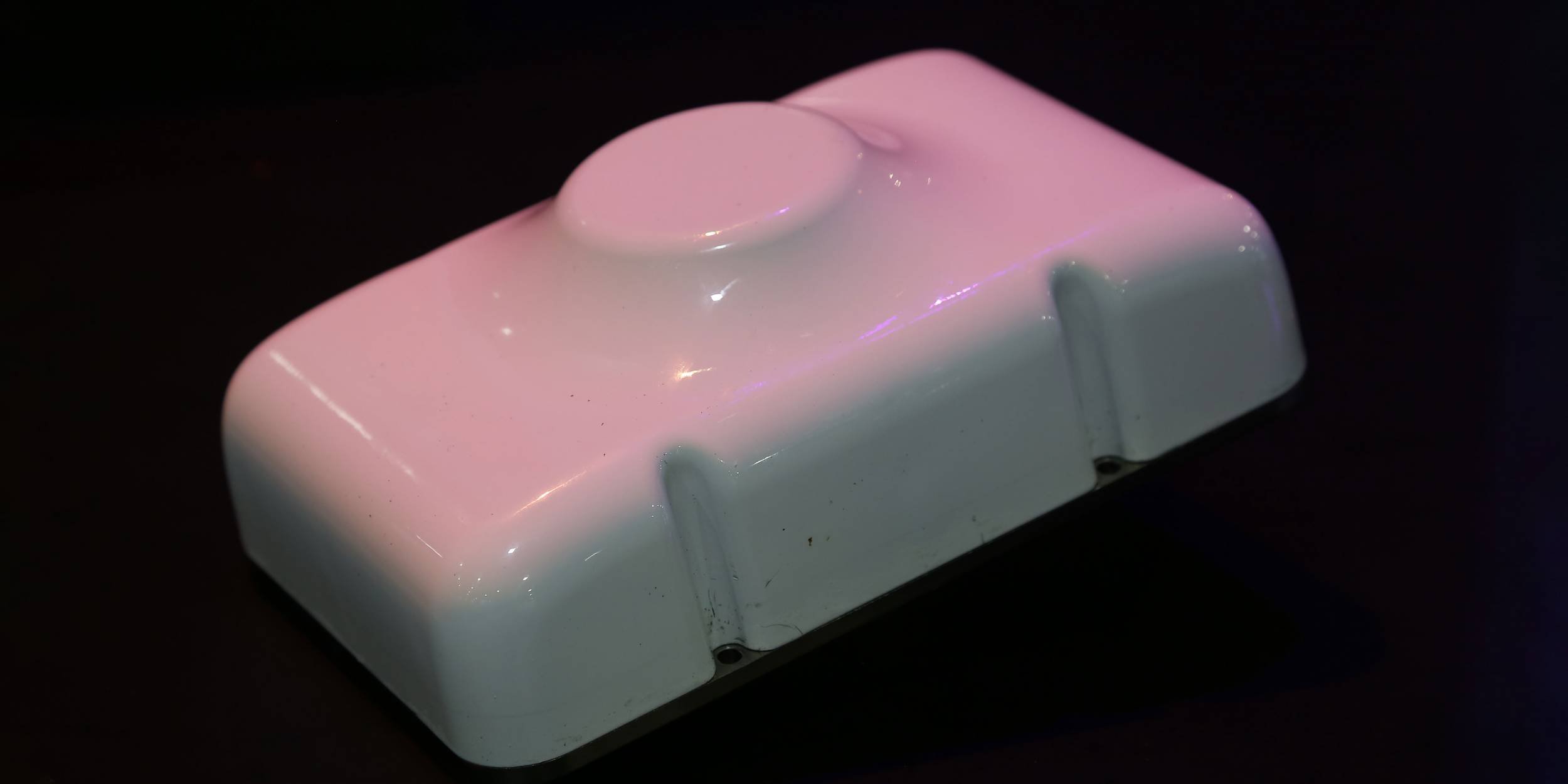Click Here to View This Page on Production Frontend
Click Here to Export Node Content
Click Here to View Printer-Friendly Version (Raw Backend)
Note: front-end display has links to styled print versions.
Content Node ID: 413423
The first Dassault Rafale multi-role fighter to be converted to the latest F4.1 standard was re-delivered to France's Armée de l’Air et de l’Espace (AAE, French air and space force) at Mont-de-Marsan near Bordeaux on March 2. Designated as 30-FU, Rafale B 354 is the first of two test aircraft for the fighter trials squadron ECE 1/30 “Côte d'Argent” and will be used to begin training.
The F4 marks a new step in the iterative Rafale development, following on from standards F1 (specific to the first aircraft of the French Navy), F2 (air-to-ground and air-to-air capabilities), and F3/F3-R (extended versatility). Development of the F3-R standard was launched in January 2014 and was completed in October 2018.
The F4 standard focuses on improving the connectivity of the Rafale through new satellite and intra-flight links, communications servers, and software radios, with the aim of improving the Rafale’s effectiveness in net-centric combat and paving the way for the Future Combat Air System (FCAS). Externally, there is nothing to differentiate a Rafale F4 from a Rafale F3-R, though it marks a major technological leap, with improvements to the navigation and weapons system, the Spectra electronic warfare suite, the Talios target designation pod, and the RBE2 AESA radar. The latter has been improved to improve effectiveness in the air-to-ground mode.
A next-generation Scorpion helmet sight is integrated and new satellite communications equipment (based on the Syracuse IV network) has been installed. The F4 has a Prognosis and Diagnostic Aid System with predictive maintenance capabilities. Other maintenance optimization features are scheduled, notably with solutions based on Big Data and artificial intelligence. The Rafale F4.1 is also equipped with a new engine control unit.
New weapon options include the Mica NG air-to-air missile and up to three of the 1,000-kg (2,200-pound) AASM air-to-ground modular weapon. The latter, in its boosted AASM 1000 GS GPS/inertial guidance form, was qualified for use on Rafale last December. As well as employing traditional Mk 84 and BLU-109 warheads, the AASM 1000 GS guidance/propulsion kit is also applicable to the new BA-84 and P1000 warheads under development by French company Aresia.

Development of the F4 standard began in December 2018, and Dassault Aviation received a development contract from the then-Minister of Armed Forces Florence Parly on January 14, 2019. The DGA began flight tests of the F4 upgrade in April 2021, at a time when clearance of the full F4 standard was planned for 2024, with some functions becoming available in an initial standard in 2022. It has been estimated that all in-service French Rafales will be at the Rafale F4.2 standard by 2030.
A Rafale F5 standard is now being planned, for introduction in the 2035-2038 period. F5 is expected to further improve connectivity, and to have enhanced manned/unmanned teaming capabilities. The Rafale F5 will also be capable of carrying the new ASN4G hypersonic ramjet missile, which will ensure the continuity of the airborne component of the French nuclear deterrent, replacing the ASMP-A missile.
Deliveries of new-build Rafales to the AAE resumed in late December following a four-year hiatus caused by budgetary issues and the decision to allow Dassault to fulfil its export order commitments.